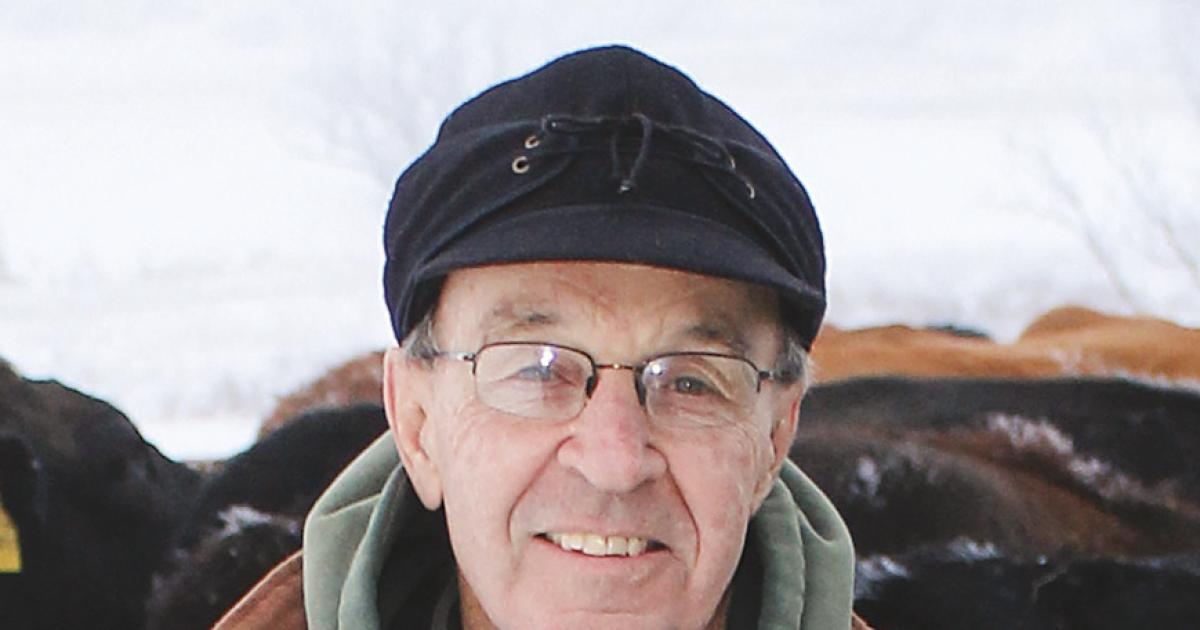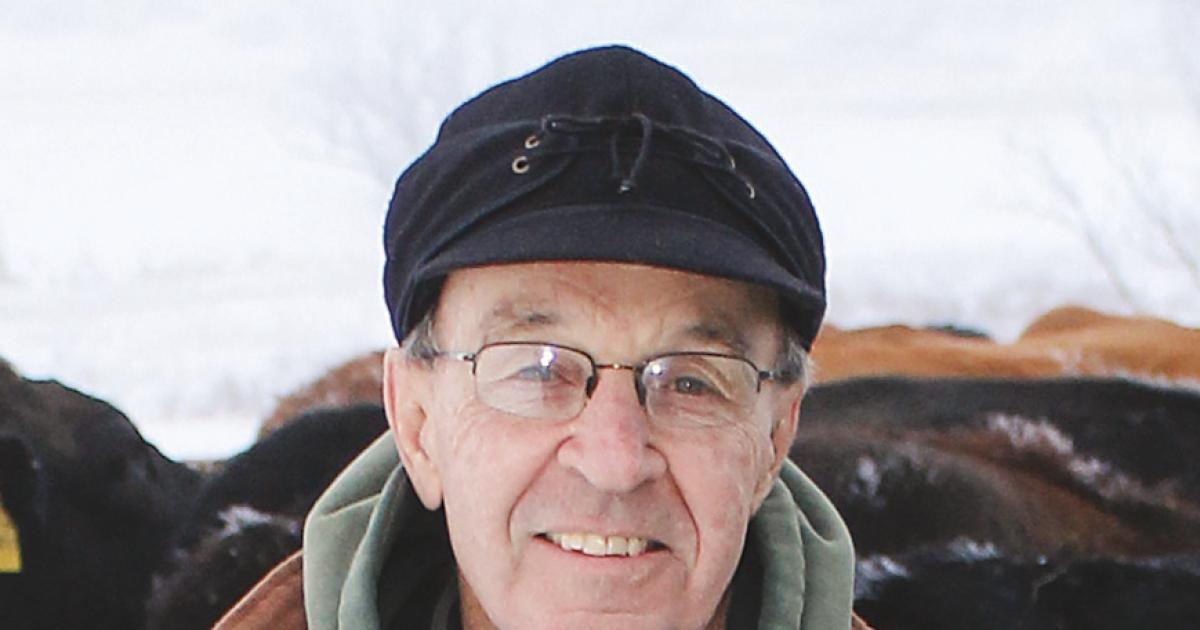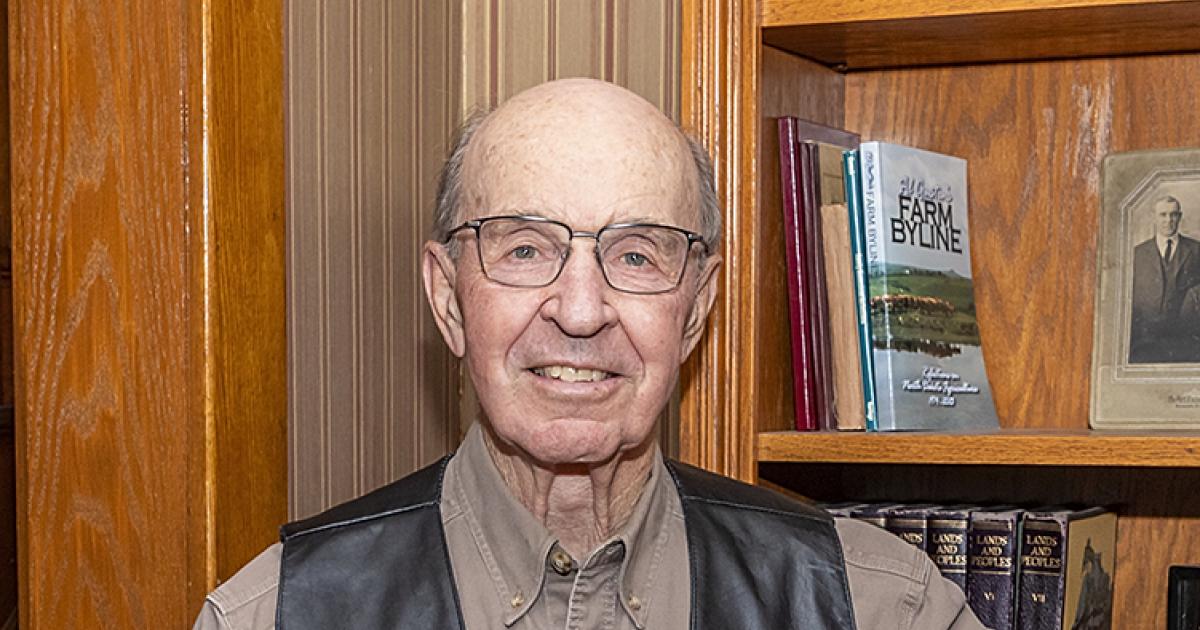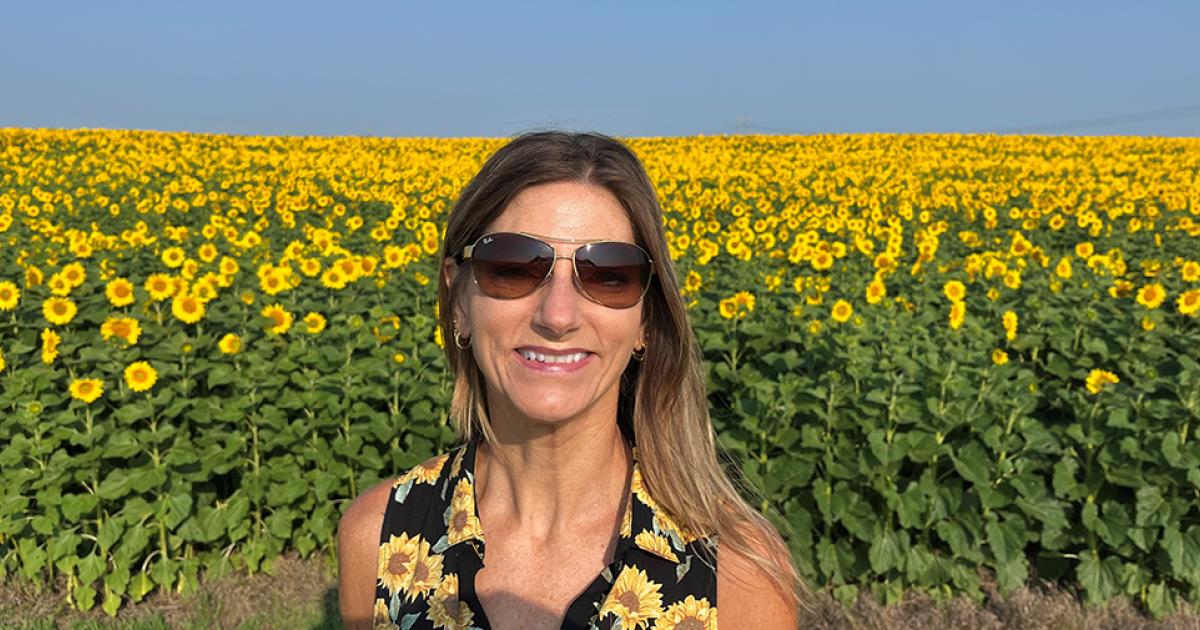Corn stover, the new CRP
You may have noticed all the semitrucks hauling hay last fall and this winter. That’s not surprising, given the 2021 drought. In the hardest-hit areas, cattlemen put up little, if any, hay and were forced to sell cows, buy hay, put up hay somewhere else or a combination of all three. You see trucks hauling hay every year, and obviously more in dry years. What was different this time was what those semis were carrying.
The Conservation Reserve Program (CRP) started in the mid-1980s as a way to take highly erodible land out of production and reduce production of surplus crops. Although not directly spelled out in the enabling legislation, CRP also proved to be great wildlife habitat and an often-used forage reserve.
CRP acreage in North Dakota peaked at more than 3.3 million acres in the early 2000s. In the all-too-often years of short forage supplies, CRP has been opened to haying and grazing. Haying and grazing of CRP was often a contentious issue, and the forage it offered was of low quality. But CRP did provide that forage reserve.
In the last 20 years, CRP acreage in the state has declined by about 2 million acres. CRP no longer provides the forage bank it once did, and that has been a concern for cattlemen. Interestingly though, as CRP declined by 2 million acres in the last two decades, the acreage of grain corn in the state has increased by roughly the same amount – going from about 1.1 million acres to more than 3 million.
The corn is harvested for grain, and what’s left in the field after corn is combined is called stover – the stalks, husks and leaves. A cattle nutritionist tells me while there is a lot of variation in quality, average corn stover has roughly the same feed value as average CRP hay. In a drought year, both CRP and corn stover may not be available locally. Harvesting and transportation of both can be a challenge.
But this year, a lot of those semitrucks are carrying big round bales of corn stover, not CRP as in years past. To some extent, at least, corn stover is the new CRP.
Al Gustin is a retired farm broadcaster, active rancher and a member of Mor-Gran-Sou Electric Cooperative.










